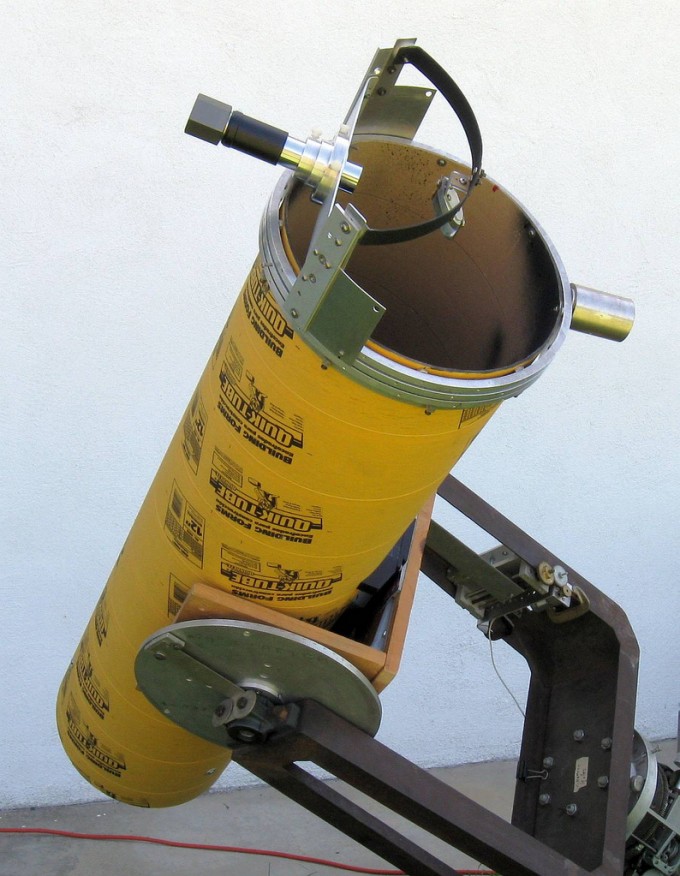

Tools – Use a coping saw for shaping the support arm, a hand drill with suitable bits for the screws and dowels, and a craft knife for cutting cardboard. Metal focusers and tubes are better than plastic. Whatever the size of your telescope, make a mask from card for the objective lens to reduce its aperture to about 45mm this will lessen the heat involved. This method doesn’t work with a reflector or catadioptric telescope. Refracting telescope and mount – A small aperture refractor with a medium to long focal length works best. Cheap ones are fine, but avoid those with plastic parts or cemented lenses as they can get hot when aimed at the Sun. Make fine adjustments so that the Sun’s image falls centrally on the recording sheet.Ĭardboard – Use an A4 sheet of corrugated cardboard for the projection screen, and a similar sized or larger piece for the Sun shade.Įyepiece – A low-power eyepiece with a focal length of about 15-20mm works well. Switch on the motor drive if you have one and remove the lens cover. Point the scope towards the Sun as accurately as you can by making the shadow cast by the telescope onto the Sun shade as small as possible. If there are children around make sure you don’t leave the telescope unattended.įit your aperture reducer to the front lens of your scope and cover the opening while you aim the telescope towards the Sun.

Mount the scope on a normal telescope or photographic tripod – you’ll need to extend the legs fully to accommodate the projection screen. Look for a good location in your garden or a local park ideally with a good view of the southern sky, but also sheltered from the wind because the screen acts a bit like a sail and can cause unwelcome vibrations. Using your finished device is very straightforward. We found that it was possible to adjust the clip so that we could simply push the unit on and off the telescope when we wanted to use it. To prevent the metal jubilee clip causing any scratches on the drawtube when you fit it, it’s a good idea to wrap some electrical tape or thin foam padding round the part where the clip will attach. The trickiest part of the build is drilling two small holes in the jubilee clip so it can be screwed to the support arm a good way to keep the clip still when you are drilling is to tighten it up onto a round wooden stick first. This is the part that holds the eyepiece and it moves in and out when you adjust your focuser. These adjustable metal bands are usually used to tighten around hoses and rubber pipes and can be bought from hardware and car accessory shops.Ĭhoose one that will expand to fit around your telescope’s drawtube. The entire unit is joined to the telescope with a jubilee clip. The arm is shaped to fit around the drawtube of your telescope and is also tapered towards the ends to help reduce the weight. The rods are glued firmly at the telescope end into the support arm, which provides a rigid support for the whole unit. The projection screen has two tubes or ‘sliders’ glued into it, allowing it to slide along the rods and ‘zoom’ in and out to create the required size of image that you see on the recording sheet. There is also space on the sheet to record useful information such as the date and time, as well as the atmospheric conditions. The Sun’s image should be projected onto a recording sheet – you can print one off from the link above.Ĭlip it to the projection screen with paperclips or clothes pegs so you can trace any sunspots or interesting features with a pencil. Some telescopes are provided with a dust cap with a small opening for this very purpose, but you can make one from cardboard with a hole of about 45mm in diameter cut from the centre. To keep the telescope’s temperature down you first need to make an aperture reducer, which reduces the amount of light coming into the telescope tube. Projecting the Sun through your telescope can create a lot of heat. These bright regions of incandescent gas sometimes precede the formation of sunspots. They’re cooler than the surrounding photosphere, making them appear darker. Sunspots, for instance, slowly traverse across the central regions. When you project the solar disc onto the screen you may be lucky enough to see some evidence of the turmoil within. Light from the Sun is focused by the telescope and eyepiece onto the screen, forming an image about 150mm (6 inches) across. The solar projection screen is a flat, lightweight panel supported by two thin rods about 500mm beyond the eyepiece of a refractor telescope. The intense heat can damage your eyesight and equipment.


 0 kommentar(er)
0 kommentar(er)
